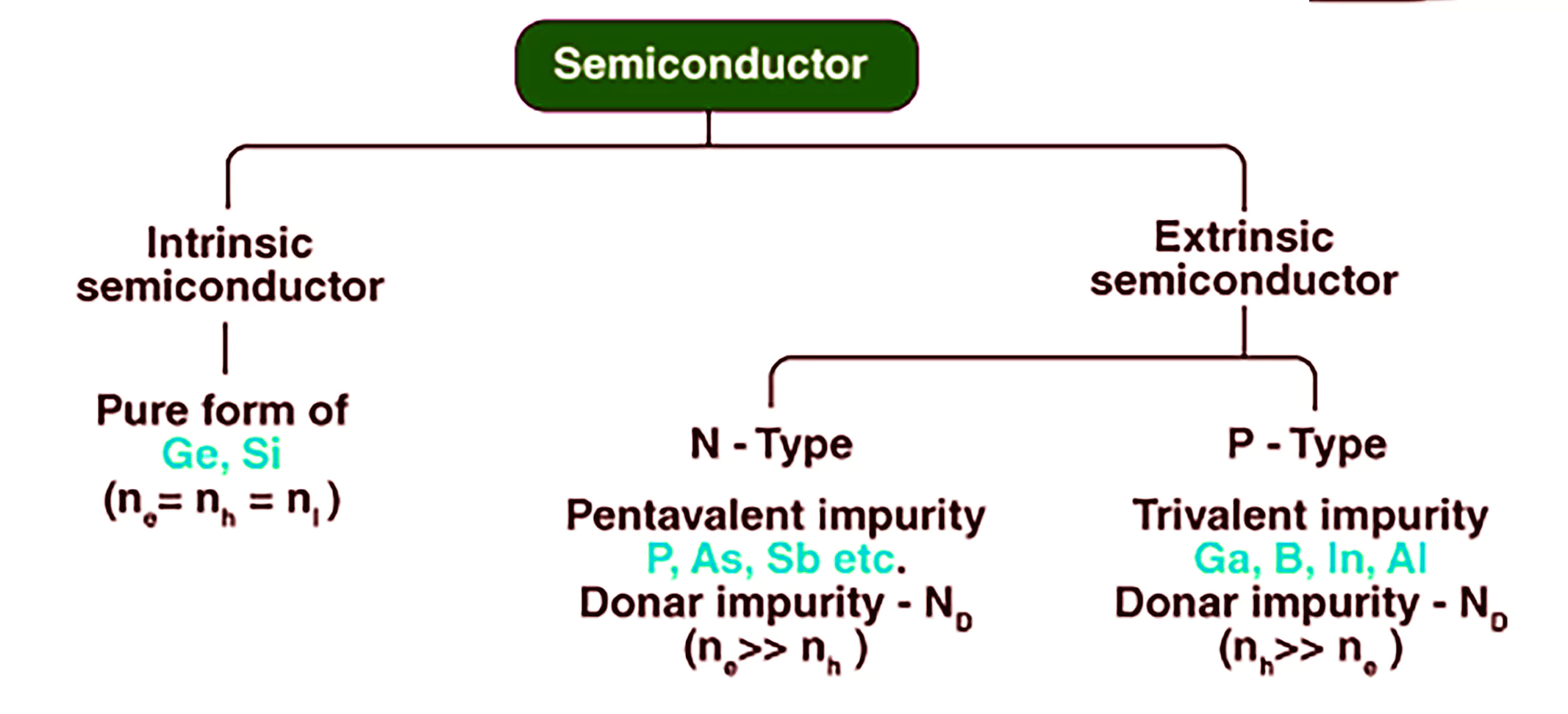Context
This editorial is based on the news “Investing In The Semiconductor Industry: What Investors Should Know” which was published in the Forbes. The global semiconductor chip war has highlighted the importance of the semiconductor industry and its geopolitical implications.
Global Semiconductor Chip War: Background
US President Joe Biden’s warning the US would defend Taiwan against Chinese aggression has made headlines.
- This was a departure from the USA’s traditional Policy of Strategic Ambiguity.
- In the context of global politics, Strategic ambiguity is a deliberate choice of words that allows for multiple interpretations of a message
- This change in stance was largely due to the global realisation of the importance of semiconductor chips during the 2020 lockdown.
Importance of Taiwan In the Semiconductor Industry
| USA’s dependence on TSMC |
Global Dominance of Taiwanese Chips |
Geopolitical Tensions: Chip War |
- USA Silicon Valley heavily depends on Taiwan’s Semiconductor Manufacturing Company (TSMC) for Microchips.
|
- 60% of the World’s Semiconductor chips and 90% of advanced chips come from Taiwan.
|
- China aims to control Taiwan, while the USA wants to protect it, leading to a Chip War.
|
Significance of Semiconductor Chips
- Crucial for various products: Semiconductor chips are crucial for various products, including consumer consumer electronics and military equipment.

- Security of USA and India: If China gains control over Taiwan, it could threaten the security of both the USA and India.
- India’s Dependence on Taiwan: India is 100% dependent on imports for its chip requirements, mostly from Taiwan.
- Very few Fab Units in the World: Semiconductor chips are made from materials with conductivity between conductors and insulators, and the manufacturing plants are called fabrication or fab units.
India’s Efforts in the Semiconductor Industry
- Since the 1980s: India has been trying to establish a semiconductor industry but has not given it enough importance.
- Launch of India’s First Semiconductor Policy in 2007: but it was too rigid, and major companies like Intel and AMD declined to invest due to a lack of financial assistance.
- In 2021, India launched the India Semiconductor Mission, offering subsidies of 72,000 crore rupees through the Production Linked Incentive (PLI) scheme.
- Investment by Micron: Micron is investing $2.75 billion in a plant in Sanand, Gujarat, and Tata is collaborating with Taiwan’s PSMC to produce 28-nanometer chips by 2026
|
Challenges for Semiconductor Industry in India
- India’s Raw Material Shortage: India lacks sufficient raw materials, such as rare earth earth minerals like silica, germanium, and gallium, gallium, which are essential for chip manufacturing.
- Power Supply and Water Scarcity: India’s erratic power supply supply and water scarcity pose challenges, as semiconductor plants are heavily dependent on 24/7 electricity and intensive water usage. Purpose of Semiconductor Plants: Semiconductor plants being constructed in India are primarily for design, assembly, packaging, and testing, rather than for main fabrication units.
- 28 nanometers Chips: Chips produced in India are typically 28 nanometers or above, considered outdated compared to cutting-edge chips like the 1-3 nanometer ones developed by companies such as IBM.
- Investment Issues: Major semiconductor companies like TSMC, AMD, and Intel are cautious about investing in India.
- They are instead prioritising investments in the USA and Europe due to attractive incentives introduced through initiatives like the Chips Acts in these regions.
Way Forward
- Semiconductor Research: 20% of semiconductor semiconductor research participants are Indian, contributing to global advancements in advancements in the industry.
- ISRO’s Chip Production: India’s ISRO produces its own chips at the SCL in Mohali, enhancing technological skills among India’s youth.
- 28-nanometer Chips: The 28-nanometer chips produced in India have the highest demand and significantly contribute to the revenue of companies like TSMC
- Global integration: India can Integrate itself into the semiconductor supply chain, even starting with assembly or testing
Conclusion
By implementing appropriate policies and initiatives, India can gradually realise its semiconductor ambitions despite facing challenges such as a shortage of raw materials, infrastructure, and skilled labour, India holds potential advantages and can attract investments.
Also Read: Kairali AI Chip
| Prelims PYQ (2021):
Water can dissolve more substances than any other liquid because
(a) it is dipolar in nature
(b) it is a good conductor of heat
(c) it has high value of specific heat
(d) it is an oxide of hydrogen
Ans: (a) |
![]() 19 Mar 2024
19 Mar 2024

